1. George Lucas- “Taking $350,000 pay cut for Star Wars In Exchange for Rights”
Before George Lucas first had the idea for what he described as a “western set in space,” called The Star Wars, in 1971, he was a director trying to find his footing in Hollywood with only two full-length movie credits to his name; THX 1138. and American Graffiti.
The success of American Graffiti earned Lucas a chance to produce and direct Star Wars and also earned him the opportunity to make $500,000 on the project. Much more than the $150,000 he earned for his previous film. This was a generous offer by the studio since none of the executives at 20th Century Fox thought the movie would earn a dime or even understood the concept of Star Wars.
Lucas offered to keep his salary at $150,000 in exchange for two seemingly minor requests:
1) That he retain all merchandising rights.
2) That he would retain the rights to any sequels.
During the 1970s, trilogies and sequels were not as common as are in today’s Hollywood. Fox was also happy to relinquish the merchandising rights after losing a fortune in the 1967 Doctor Dolittle merchandising business.
The rest, as they say, is history. Star Wars would go on to be the highest-grossing film of all time. In the decades to follow, the franchise would earn approximately $27 billion in box offices receipts, DVD and VHS sales, toys, books, and other licensed products. Lucas owned 100% of the entire franchise until 2012 when he sold the company to Disney for $4 billion.
He is now reportedly worth $5.1 billion. Keep in mind, Lucas has only directed six feature films in his entire career, and four of them were Star Wars movies.
2. Hershey’s Reese’s Pieces- “Taking a Chance” on E.T.
In 1982, Mars Inc, the maker of M&Ms was approached by Amblin Productions about a possible tie-in between M&Ms and the film E.T. For reasons no one is sure about, Mars, Inc. passed on the offer. Perhaps an executive at Mars thought the movie would be a flop. Or maybe the company didn’t want to be associated with a weird looking extraterrestrial. Whatever the reason, it was decided that M&Ms wanted nothing to do with the film.
That unfortunate decision opened the door for Hershey Foods to say “yes” to Amblin Productions. CEO Jack Dowd decided to take a chance on this movie. He signed a deal with Universal to spend $1 million promoting “E.T.” When the motion picture became a huge box-office success, sales of Reese’s Pieces went through the roof. Though it is uncertain of the exact amount Hersey made from the extra exposure, some descriptions report a 65%-85% increase in sales.
Here is the interesting part: Hershey did not pay to have Reese’s Pieces used in E.T. Hershey Foods agreed to promote E.T. with $1 million of advertising; in return, Hershey could use E.T. in its own ads. To this day, Reese’s Pieces and E.T. are still linked.
3. Henry Ford- Increasing Employee Wages to $5 a Day
In 1914, thousands of people lined up outside Henry Ford’s factory to take him up on an extraordinary offer: $5 a day, for eight hours of work in a bustling car factory in Detroit. That $5 payday was more than double the average factory wage at that time. The 8 hour work day was one hour less than the typical 9 work day most Americans worked.
Ford’s main reason for introducing the $5 a day workday was to stabilize the workforce. Ford realized, to retain workers who could handle the pressure and the monotony of his assembly line, he needed to compensate them for it.
It’s widely believed that Henry Ford also increased wages to expand his market — paying employees enough to buy the cars they made. This after effect helped birth what we now recognize as the middle-class.
4. Netflix- “Focus on Streaming and Move Away From DVD Shipping Business”
By the year 2000, video giant Blockbuster enjoyed having 25,500 employees at 8,000 stores dispensing movie rentals and a parallel distribution system of 6,000 DVD public vending machines. The company also enjoyed its $500 million in annual cash flow and was valued at $ 3 billion. Around 2005 it was valued at $ 8 billion.
Around that time, Netflix was trying to make a name for itself by shipping DVDs to customers and, later, allowing customers to stream movies and television through the internet. In February 2007, the company delivered its billionth DVD, and began to move away from its original core business model of DVDs, by introducing video on demand. Netflix grew as DVD sales fell from 2006 to 2011.
Conversely, its primary competitor, Blockbuster, choose to stay with its retail video store business model instead of prioritizing its video on demand service. We all know what happened next. The sad part about the story is that during the late 1990s when Netflix was struggling and not making a profit, Reed Hastings, the founder of Netflix, offered to sell Netflix to Blockbuster for $50 million. Blockbuster ultimately declined.
In 2013, Netflix reported that it had added two million United States customers during the fourth quarter of 2012, with a total of 27.1 million United States and 29.4 million total streaming customers worldwide. In addition, revenue was up 8% to $945 million for the same period.
In a 2010 press release, CEO Reed Hastings referenced one of the main factors to Netflix’s success. He said, “It is clear that our performance, and the overall appeal of the Netflix service, is being driven by subscribers watching instantly.”
As of 2017. Netflix reported 93.8 million paid subscribers and a revenue of $8.8 billion.
5. Mark Zuckerberg- “Not Selling Facebook to Yahoo for $1 billion”
In 2006, Facebook was making major waves in the social networking space. At only two years old, Facebook was a college site with roughly 8 million users. According to Peter Theil who was an early investor in Facebook, the company was making $30 million in revenue but it was not profitable.
Yahoo, Inc. came knocking and offered to buy Facebook for $1 billion dollars. Theil recalls reminding Zuckerberg that he owned 25% of the company and could do so much with the money. The 22-year old Zuckerberg responded by saying, “I don’t know what I could do with the money. I’d just start another social networking site. I kind of like the one I already have.”
Facebook would go on to an IPO in May of 2012. In 2016, Facebook reported a revenue of $27.6 billion and Mark Zuckerberg is now worth approximately $59.4 billion.
6. Apple- Bringing Back Steve Jobs
Steve Jobs and his buddy Steve Wozniak launched the Apple company from his family’s suburban garage in 1976. By 1981, Apple went public and cracked the Fortune 500. Then things came crashing down in 1985 as Steve Jobs was forced out of the company he founded.
During his “time away”, Jobs founded NeXT computers as well as The Graphics Group which was later named Pixar. Pixar would become extremely successful after partnering with Disney and, after Disney’s acquisition of Pixar, Jobs became Disney’s largest shareholder.
In 1997, Apple bought NeXT for $427 million bringing Jobs back to the company he had cofounded. Jobs became the CEO in July 1997. The board’s decision to bring back Steve Jobs, after firing him a decade earlier, led to amazing product innovation.
In 2017, Apple reported an annual revenue of $214 billion.
Honorable Mentions
Disney- Buys Pixar
ABC- Accepts Monday Night Football After NBC and CBS Turned It Down
Amadeo Giannini-Banking for middle-class (creating Bank of America)
Image credit: Depositphotos–© Jean_Nelson, © macropixel © igorgolovniov
Flickr-raymond twist Evan-Amos


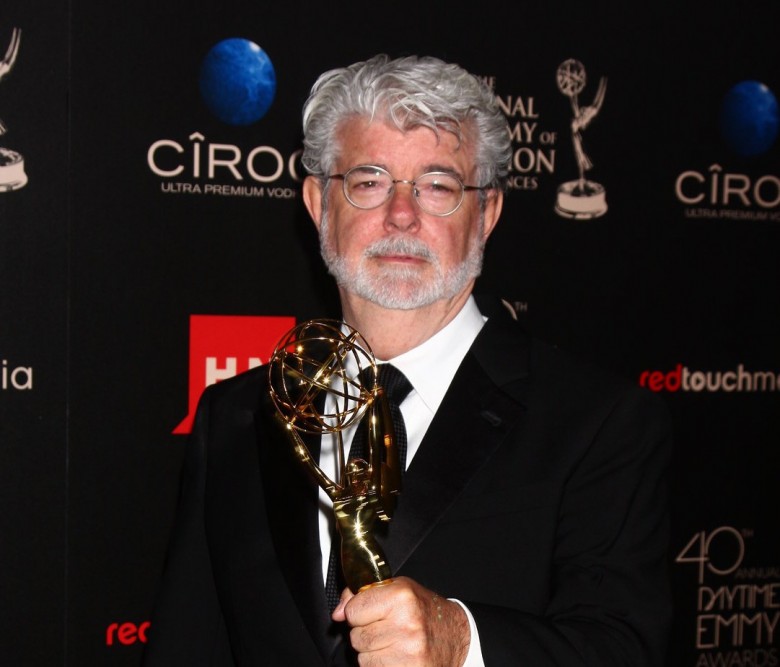
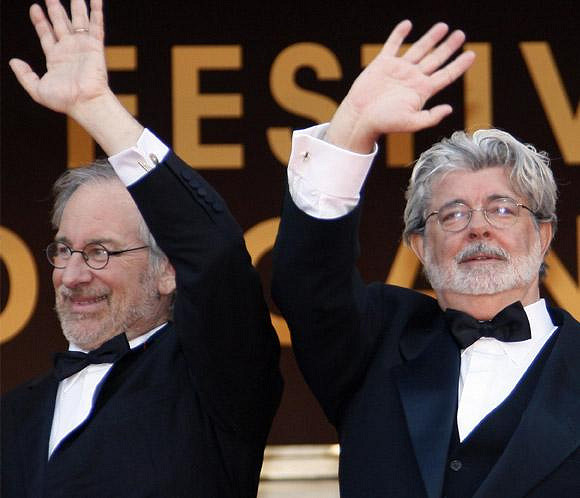

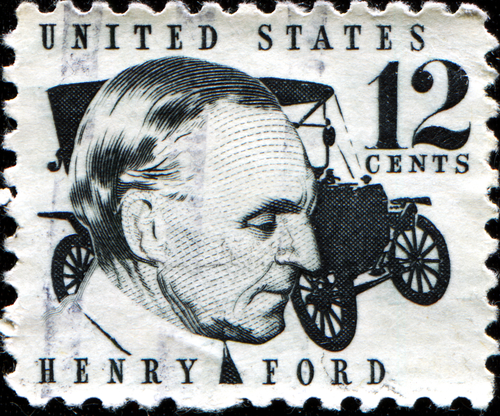
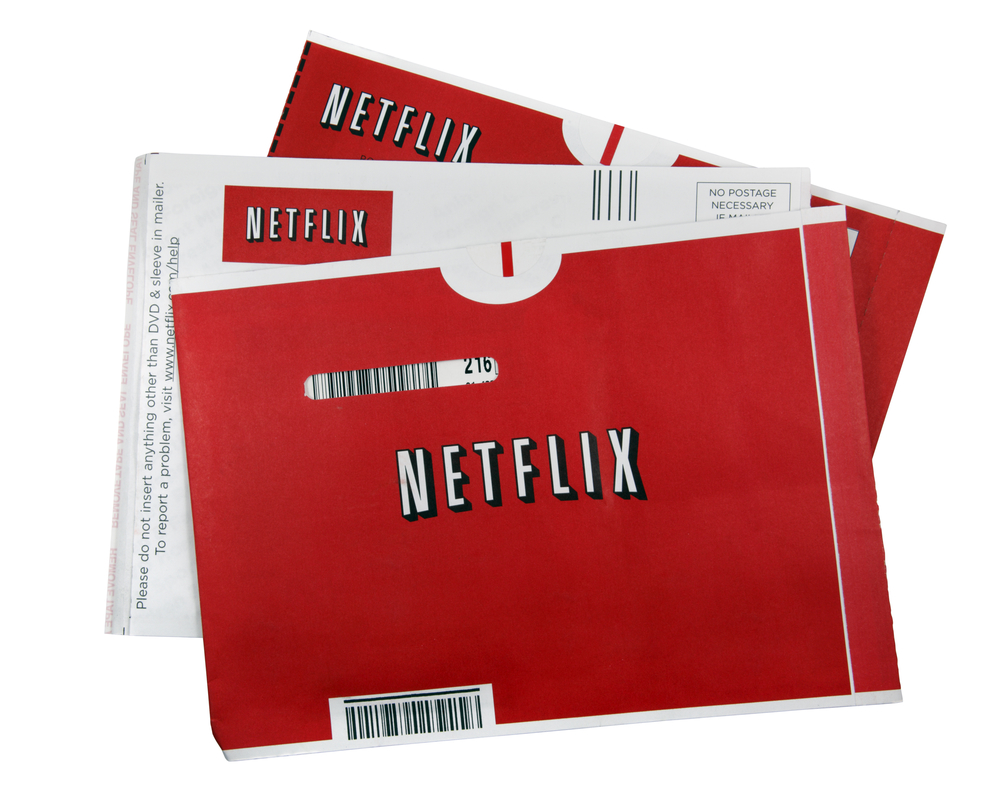
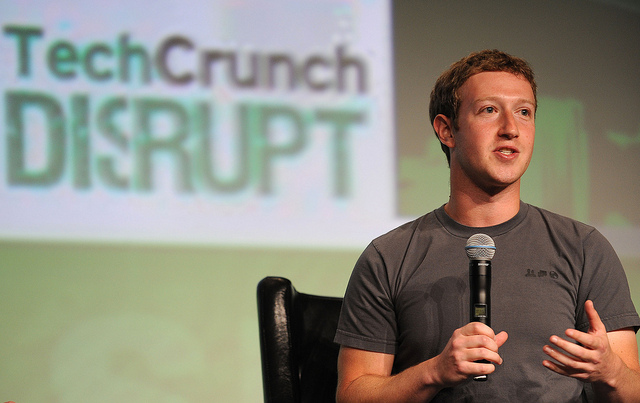
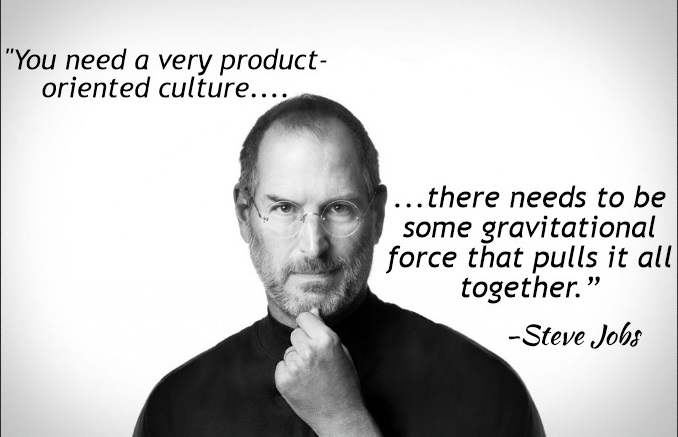









Pingback: 6 Technical Skills Every Entrepreneur Should Learn - StartUp Mindset
Pingback: 6 habilidades técnicas que todo emprendedor debe aprender - MundoEmprendedor.Online
Pingback: 6 habilidades técnicas que todo emprendedor debe aprender - MundoEmprendedor.Online
Pingback: 7 Worst Business Decisions of All Time | Biz Builder Mike
Pingback: 7 Worst Business Decisions of All Time - StartUp Mindset
Pingback: The 9 Wisest Business Decisions in History - Mike Grabham
Pingback: ¿Qué hace una buena decisión comercial? Aquí hay 6 cosas a considerar. - MundoEmprendedor.Online
Pingback: 5 Types of Business Decisions You Should Understand - DrDons 'Business Profits' News Media
Pingback: What Makes a Good Business Decision? Here are 6 Things to Consider. - DrDons 'Business Profits' News Media
Pingback: 5 Types of Business Decisions You Should Understand - StartUp Mindset
Pingback: When is the Right Time to Hire a Pitch Deck Consultant - Cottage In The Countryside
Pingback: Honing the Ability to Make Useful Business Decisions - StartUp Mindset
Pingback: Here are All of Mark Cuban's Shark Tank Deals: Spoiler Alert, There are a Lot of Them - StartUp Mindset
Pingback: [Video] 5 Challenges of Being a Solopreneur and How to Overcome Them - StartUp Mindset
Pingback: Learning from the Past: What the Ghosts of these Companies Have Taught us About Entrepreneurship - StartUp Mindset
Pingback: 5 Challenges to Overcome as a Solopreneur and How to Overcome Them - StartUp Mindset
Pingback: How to Make Tough Decisions Even If You're Terrified of the Outcome - StartUp MindsetStartUp Mindset